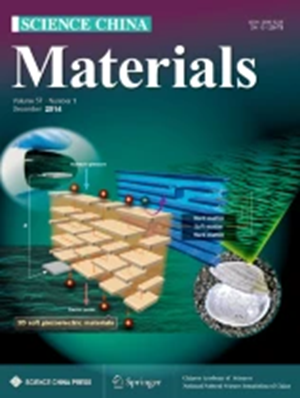Functional antifouling hydrogel surface engineering: insight into mechanisms, interfacial regulation and marine protection
Abstract
Marine biofouling, the attachment and accumulation of marine organisms on submerged anthropogenic structures, significantly impacts marine engineering, the shipping industry, and marine ecosystems. Traditional antifouling methods often face limitations due to operational complexity, high costs, and potential environmental hazards. Hydrogel coatings have attracted considerable interest in marine antifouling research because of their biocompatibility, low toxicity, and environmentally friendly characteristics. This review synthesizes the application of hydrogel coatings in marine antifouling, systematically analyzing the molecular design and network structure regulation of hydrogel materials achieved through various crosslinking strategies, and elucidating their antifouling mechanisms. The review summarizes the antifouling effects of existing hydrogel coatings, examining their performance in inhibiting biological fouling in laboratory and field environments. Furthermore, the review explores the application of composite materials and multifunctional hydrogel coatings to improve overall performance and discusses their developmental potential. Furthermore, the review analyzes the current limitations of hydrogel antifouling coatings and proposes future research directions, intending to offer theoretical insights for the development of effective and environmentally responsible marine antifouling solutions.

 求助内容:
求助内容: 应助结果提醒方式:
应助结果提醒方式:


